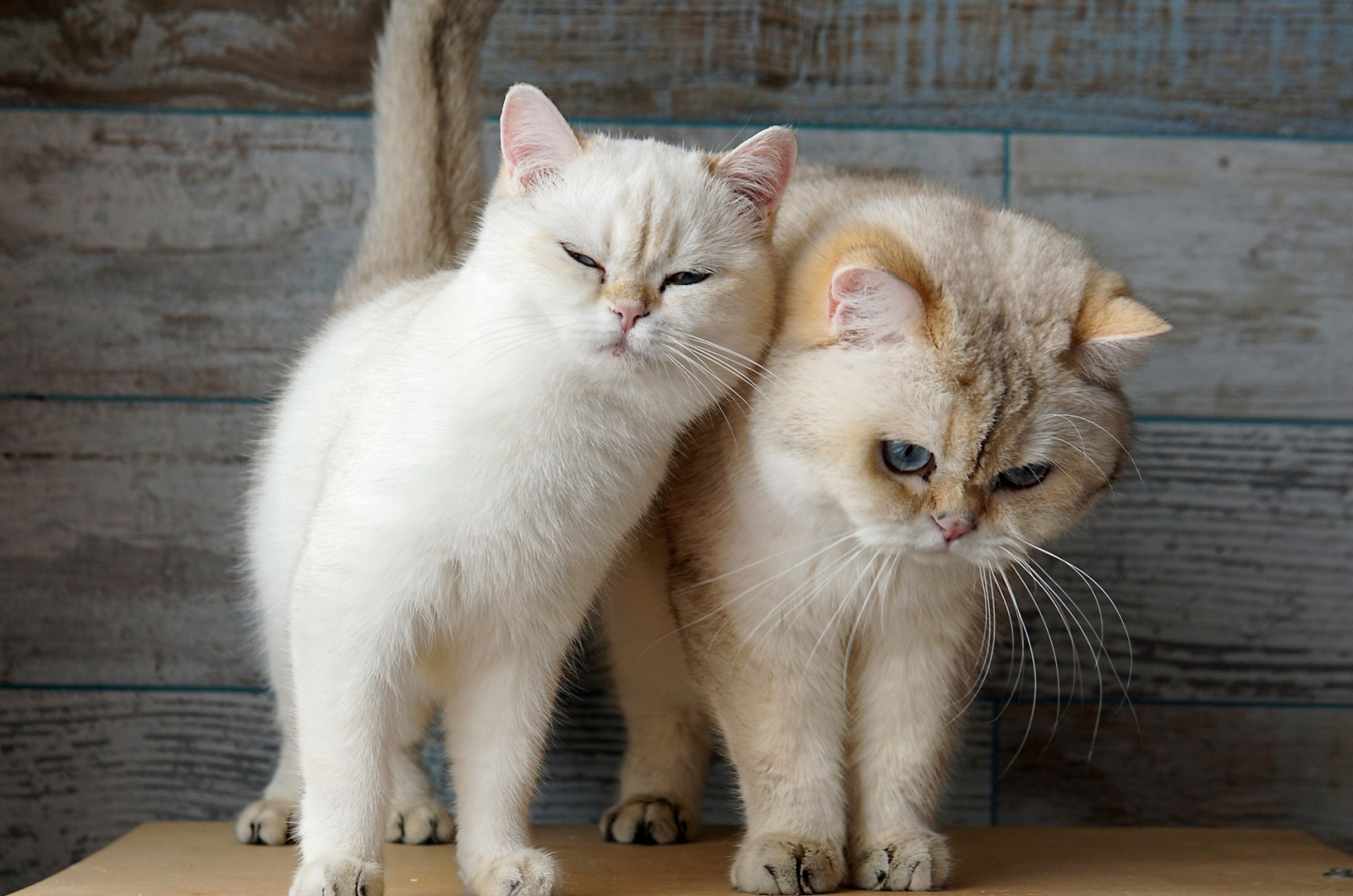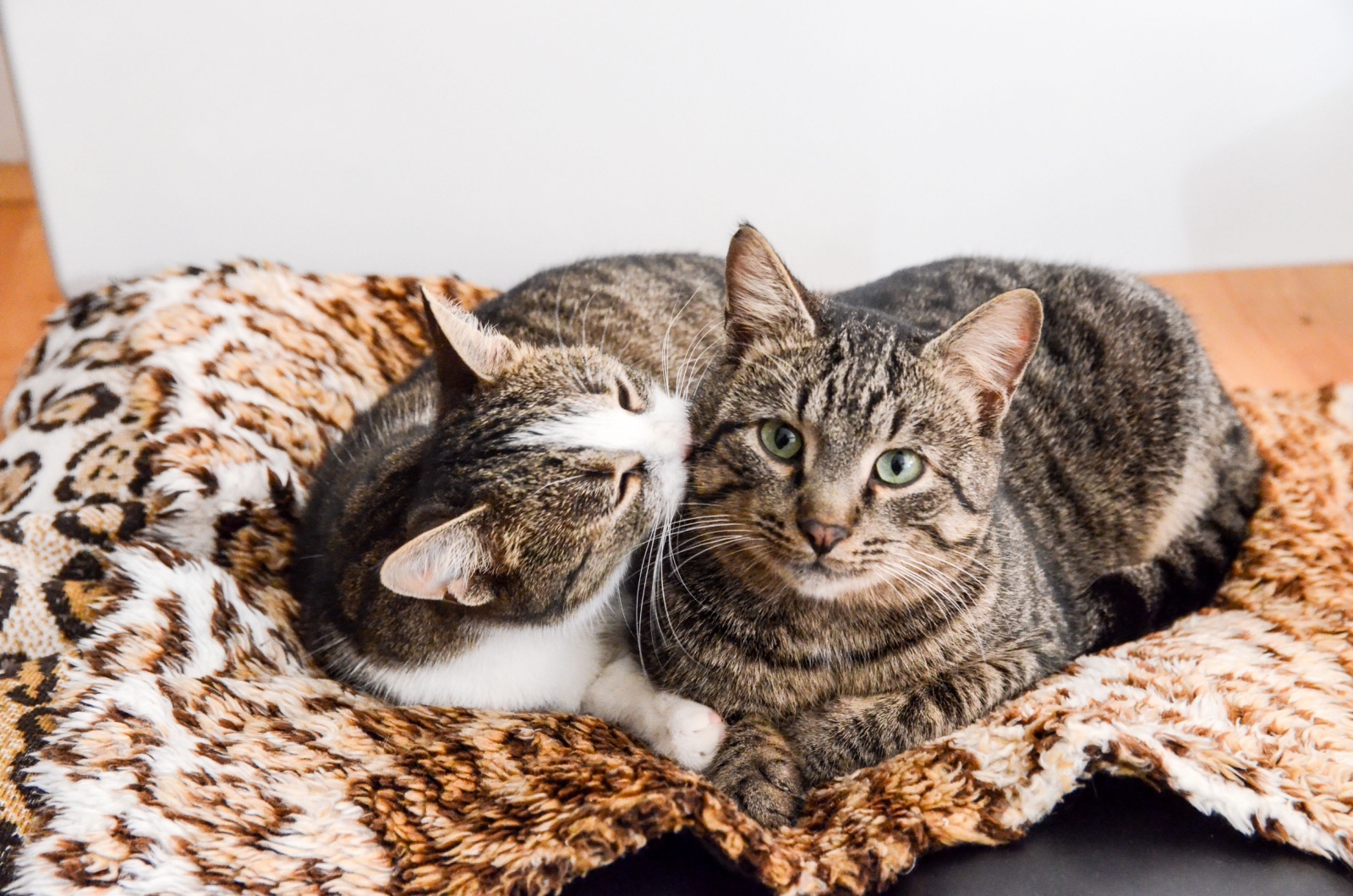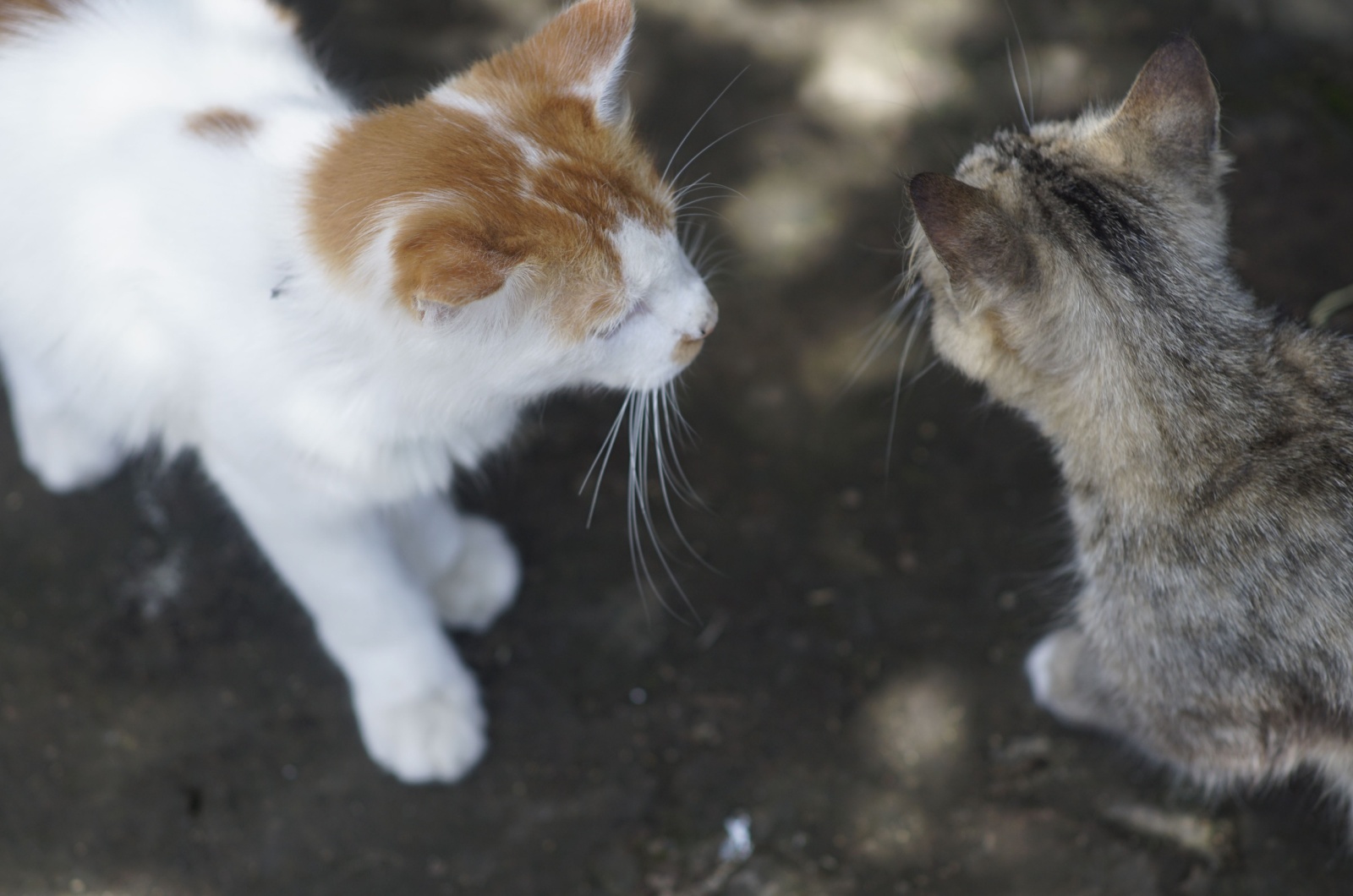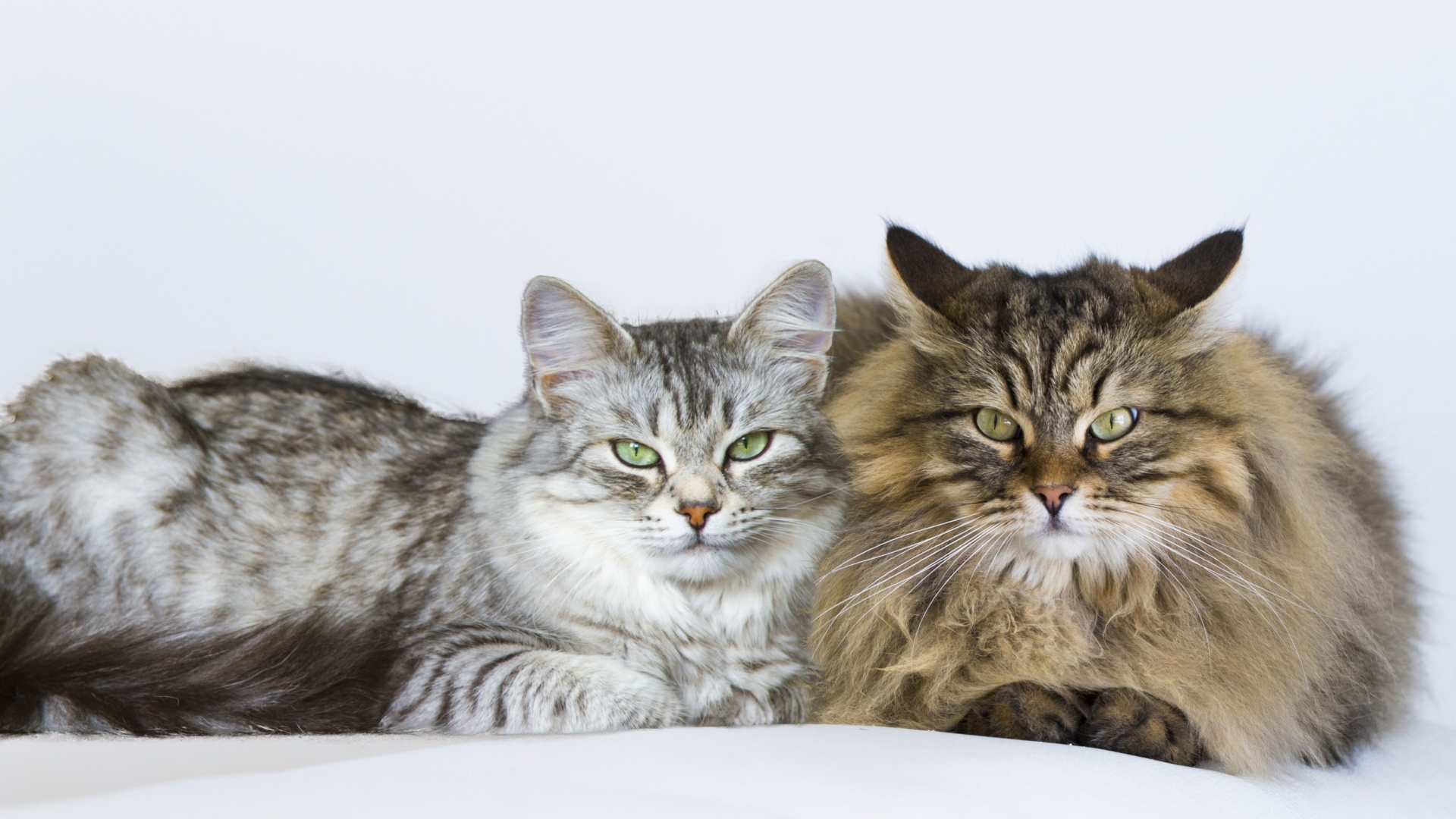Choosing a new feline companion is an exciting and heartwarming experience, filled with anticipation and the promise of a lifelong friendship! However, it also comes with important decisions about your future relationship with your furry friend!
One of the first and most significant choices you’ll need to make is whether to bring home a male or female cat. While it might seem like a small detail at first, this decision can have a big impact on the day-to-day experience of caring for your pet.
Male and female cats exhibit distinct traits, behaviors, and care needs that align differently with various lifestyles and expectations. Understanding these differences can help you find the perfect match for your home.
For instance, are you looking for a playful, social companion that thrives in a busy family environment? Or perhaps you prefer a more independent feline with a quieter, selective personality. No matter what your preference may be, you have to be prepared!
I will make your job easier. So, here are the key differences between male and female cats to consider before making your choice!
1. Size And Build

Male cats tend to be larger and more muscular compared to females, who are generally more petite and lightweight. This size difference is already well known, but it is particularly noticeable in certain breeds, such as Maine Coons or Bengals.
Their males can grow significantly larger than their female counterparts! If you’re looking for a big, cuddly cat who feels like a warm blanket in your lap, a male might fit the bill.
On the other hand, females have a smaller and more delicate frame which makes them great lap companions for those who prefer a cat they can easily carry.
Keep in mind, however, that size can also depend on factors like diet, genetics, and overall health, so there’s always a bit of variability.
2. Personality And Sociability

Males are often seen as more social and affectionate, enjoying cuddles and interaction with their humans.
They tend to be outgoing and may seek attention from everyone in the household, making them an excellent choice for families with children or multiple people.
Females, while equally loving, can sometimes be more independent and reserved. They’re the queens of “affection on their terms,” preferring quality over quantity when it comes to snuggle sessions.
Female cats often develop strong bonds with one or two people, making them wonderful companions for those who value a deeper, more selective connection.
3. Territorial Behavior

Unneutered male cats are more likely to exhibit territorial behaviors, such as spraying to mark their space. This behavior is driven by hormones and is their way of communicating dominance or staking a claim to territory. Feisty!
Neutering typically reduces this behavior significantly, which makes males easier to manage in this regard.
Females, on the other hand, are less prone to marking their territory but may show territorial tendencies in other ways, like guarding their favorite spots or being picky about who shares their space.
If you’re introducing new cats into the household, it’s worth considering these tendencies to ensure a harmonious living situation!
4. Energy Levels

Male cats, especially when they’re young, are more playful and energetic, often displaying goofy and mischievous behavior. They spend hours chasing toys, climbing furniture, or engaging in other high-energy adventures that keep owners entertained!
Females are also playful but may approach it with a touch more sophistication, often focusing on calculated stalking and observing their surroundings before pouncing.
In short: while both enjoy playtime, males might require more interactive activities to burn off their energy, while females are likely to balance active periods with more serene moments of observation.
5. Health Considerations

Males are more prone to urinary tract issues, particularly if they are neutered later in life or fed a diet high in certain minerals. These issues can lead to urinary blockages, which are painful and potentially life-threatening.
Regular veterinary checkups and a proper diet can mitigate these risks. Female cats, while generally less susceptible to urinary problems, may face health concerns like mammary tumors or uterine infections if not spayed.
Early spaying and neutering can significantly reduce these risks, making it an essential step in maintaining their long-term health. Being informed about these potential health differences allows you to take proactive measures to ensure your cat’s wellbeing.
6. Compatibility With Other Cats

Males, particularly neutered ones, are often more accepting of other cats in the household, regardless of gender. I know! Shocker! But it’s true.
They tend to be more social and less likely to engage in dominance disputes, making them a good choice for multi-cat homes. Females, however, can be more territorial and selective about their companions.
They might prefer to be the only cat in the household or require careful introductions when a new feline friend is added! Successful introductions often depend on individual personalities, but gender tendencies can provide helpful guidance.
7. Cost Of Spaying And Neutering

Spaying a female cat is typically more expensive and involves a more invasive procedure than neutering a male cat. Spaying requires abdominal surgery to remove the ovaries and uterus, while neutering is a simpler procedure!
Recovery times also tend to be longer for females due to the nature of the surgery. However, the upfront investment in spaying or neutering pays off in the long run by reducing health risks and unwanted behaviors.
Knowing this cost difference can help you budget appropriately for your new furry family member!
8. Maturity And Hormonal Behaviors

Unspayed females will go into heat, which involves loud vocalizations, restlessness, and attempts to escape the home to find a mate. Of course, this can be incredibly demanding for owners and may recur frequently!
Male cats may roam or become aggressive if not neutered, especially if they sense a female in heat nearby. All in all, hormonal behaviors can disrupt an otherwise peaceful household, but spaying and neutering significantly reduce or eliminate these tendencies.
9. Bonding Styles

Male cats are considered more laid-back and easygoing. They form close bonds with multiple family members at once, are generally more willing to engage in social interactions and may enjoy being the center of attention!
Female cats, on the other hand, may develop a strong attachment to one specific person and be more selective in showing affection. This selectivity doesn’t mean females are less loving; instead, it reflects an even more special bond!
10. Life Expectancy

There isn’t a significant difference in lifespan between male and female cats! Of course, lifestyle and health care play a big role. Cats that are spayed or neutered generally live longer and healthier lives due to a reduced risk of certain diseases (or even injuries).
For example, neutered males are less likely to roam and get into fights, while spayed females avoid the risks associated with repeated heat cycles or pregnancies!
Providing proper nutrition, regular veterinary care and a safe environment will have the biggest impact on your cat’s longevity, regardless of gender. But it’s important to know the nuances!

